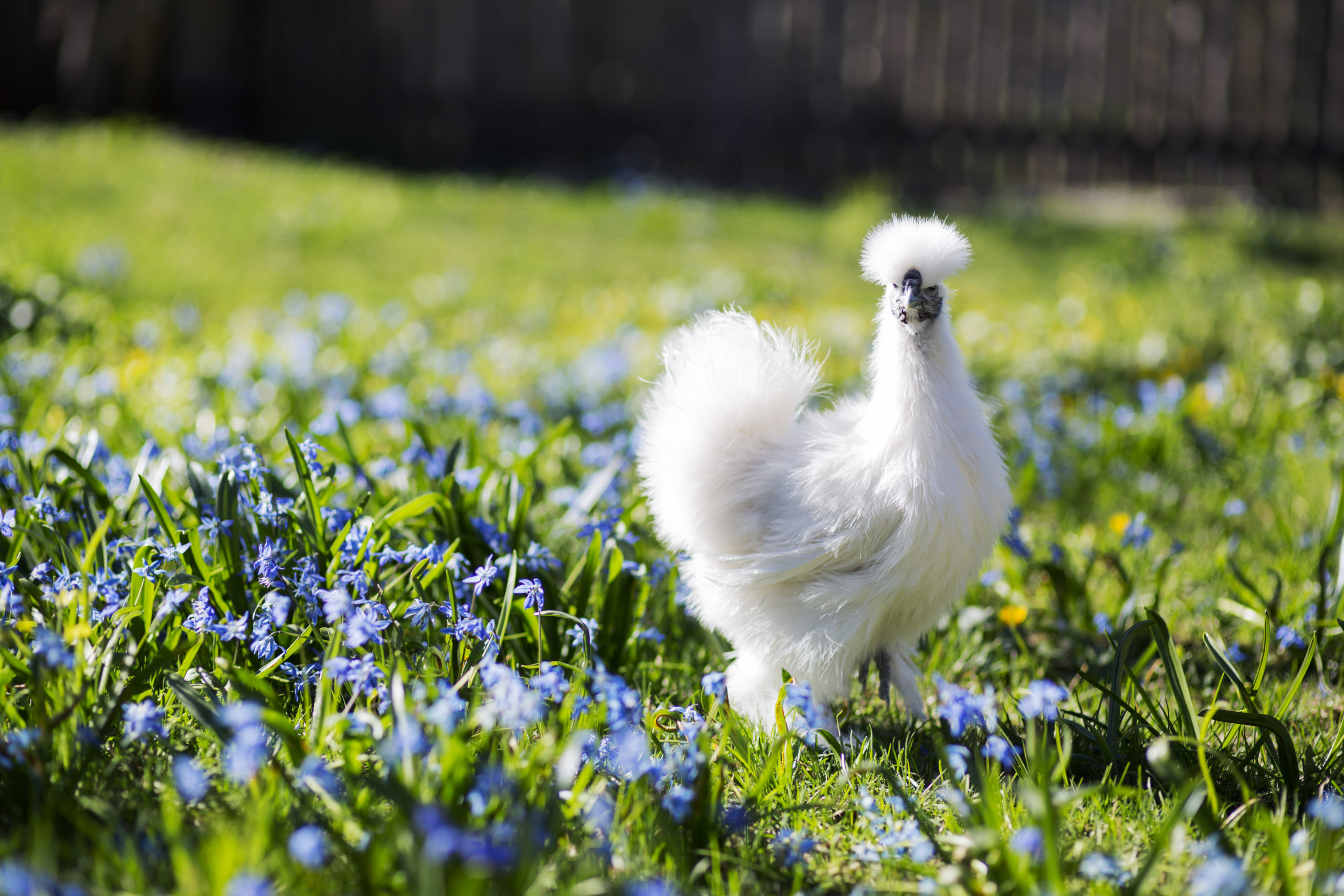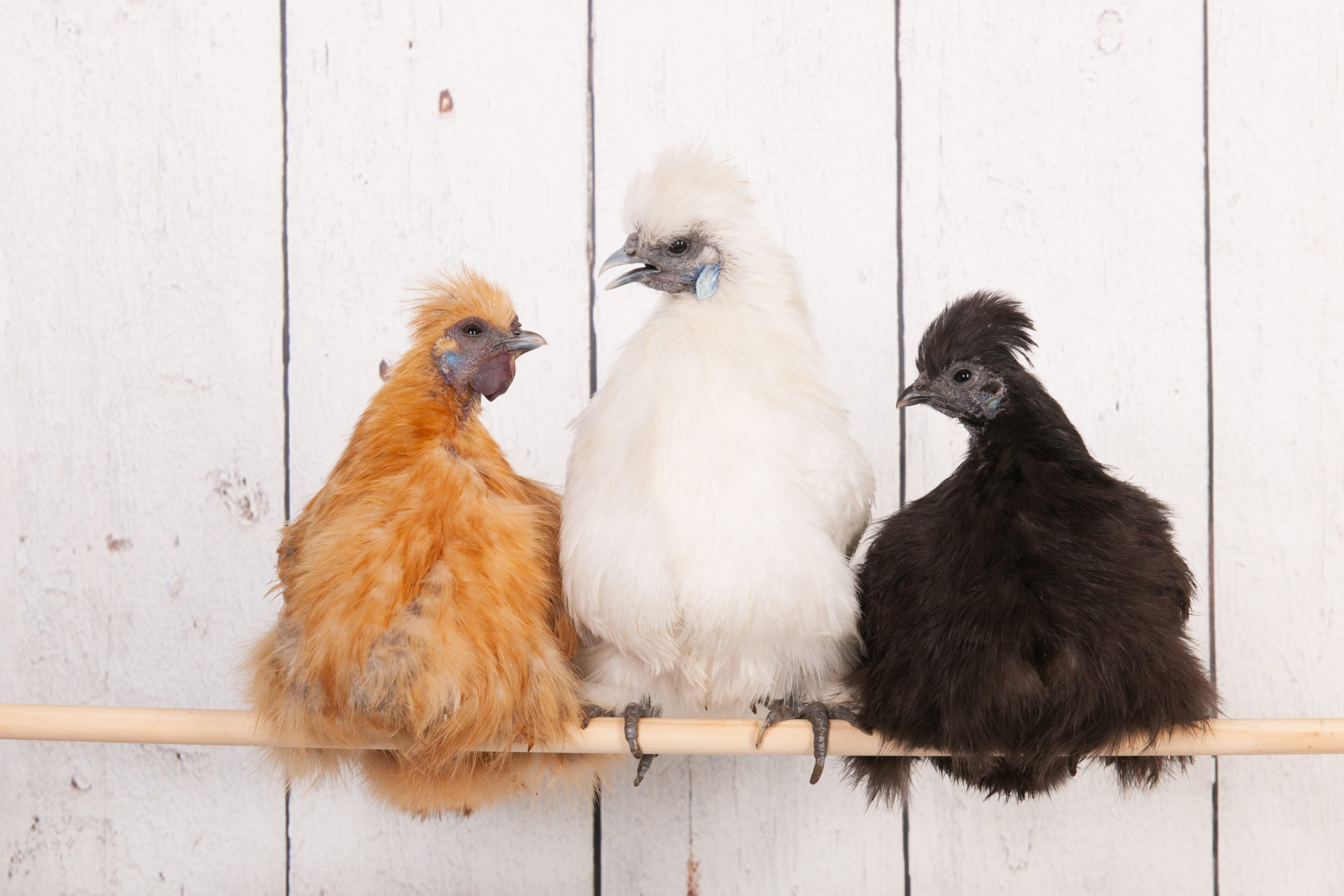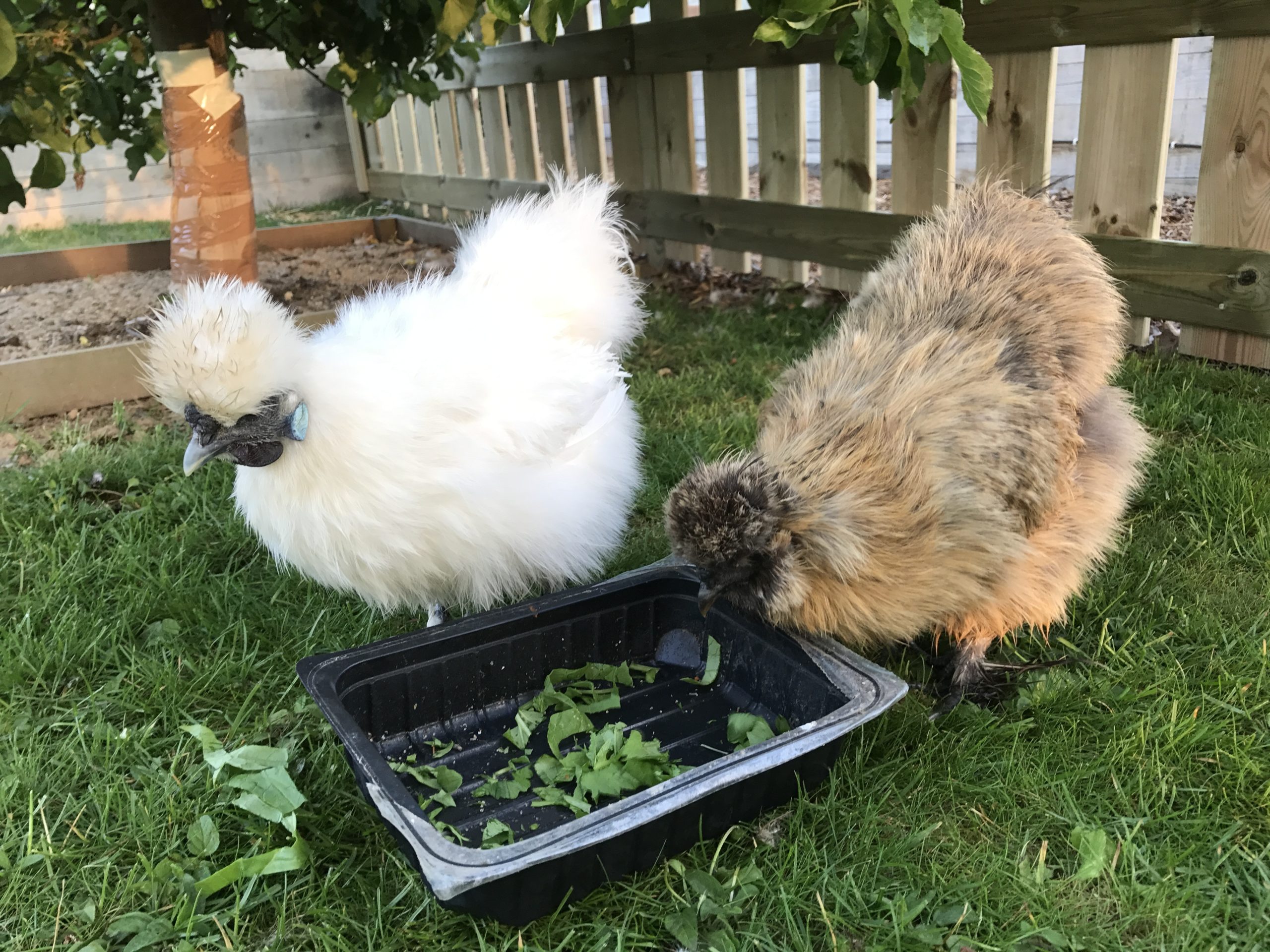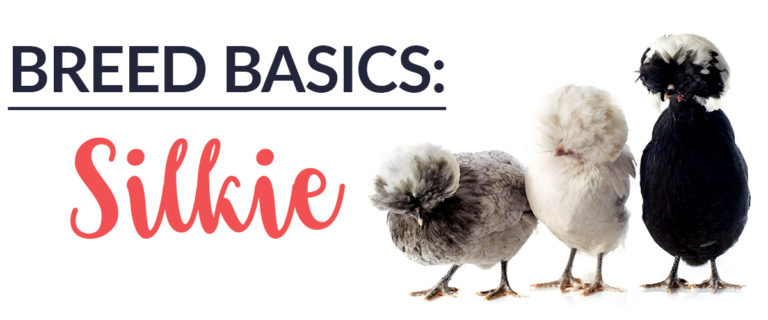Here at Small Pet Select, you know we love species with fantastic floof. Guess what chicken breed also has fantastic floof? Silkies! In the first edition of our series on chicken breed basics, we’re highlighting Silkies. In a nutshell, Silkies have stunning plumage and are as sweet as they are gorgeous. Keep reading as we’re going to delve deeper into all things Silkies. By the end of this article on Silkie breed basics, you’re going to want to bring some home immediately. #sorrynotsorry. 🤷♀️😬
Origin
Part of the Bantam family (also known as small fowl birds) it’s believed Silkies originated in China before the 1200s. Their name stems from their regal and silky plumage. In the 13th century, Marco Polo’s travel logs mentioned these ‘chickens with fur-like feathers.’ He also brought some back with him to Europe. Eventually, Silkies migrated West with the help of hoomans on the Silk Road and maritime routes. Today, the extremely popular Silkies are in many homes as pets or members of chicken houses around the world.

Temperament
We can’t say enough positive things about the Silkie chicken breed. Eggs-ceptionally friendly and calm, they thrive on human attention. Silkies love hugs and snuggling in your lap, making them very easy to handle. They're also very maternal and adopt other species as their own. And while they love to chatter at you, typically, they're pretty reserved unless danger is detected.
Appearance
Like many species, Silkies from the 1200s have a minimal resemblance to the modern version of the breed. The most significant differences in today's Silkies are the lack of leg feathering or crests. Offering a variety of colors, their fluffy feathers remind you of a pom-pom on legs. While they all sport crests, a walnut comb, and leg feathers, beards are optional. Lastly, the unique characteristics that set them apart from other chickens are five toes, plus blue or black skin.

Care
Similar to other chickens, while they need dedicated care, we wouldn’t call the Silkie chicken breed high maintenance (despite their appearance). While they tolerate heat well, their feathers are more like down and not waterproof (like other chickens). Thus, exposure to cold and wet weather is hazardous and will end in death.
Grooming
Silkies are generally very clean. This fowl dust bathes and preens regularly, but if they get muddy, you'll need to rinse off the mud and pat them dry. As their feathers are thick, during regular health checks, they need a systematic examination for parasites.
Diet
You won't need to purchase any individual dietary items for Silkies as they need a regular balanced chicken diet. And we can help you ensure they stay healthy with our chicken supplies. Our complete product line includes feed, scratch, grit, plenty of supplements, and treats.
Housing
Again, like all other chickens, a sturdy coop to keep Silkies out of the weather and protect them from predators is all you need. They prefer a variety of low height roosts to choose from and room to explore. While Silkies are very active, they cannot fly. Therefore, they should have a lot of fenced-in room to run.
Health Issues
Continuing on with the Silkie breed basics, their average lifespan is 7-9 years; they are a very robust and hardy chicken breed. The variety doesn't have any particular health concerns. Just like any other chickens, they are prone to parasites and require dust bathing amenities to keep them away. Also, all poultry need to be wormed regularly.

Now that you have the Silkie breed basics, are you sold yet? They’re the ideal chicken! We’d love to hear all about your adventures with these friendly, sweet, and totally glam chickens.
Wanna learn more about what to feed your Silkie? See below! ⬇️
What is “Grit,” and Why Do My Chickens Need It?





